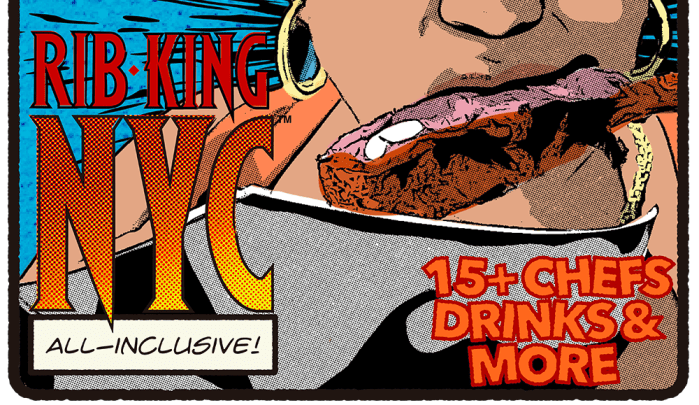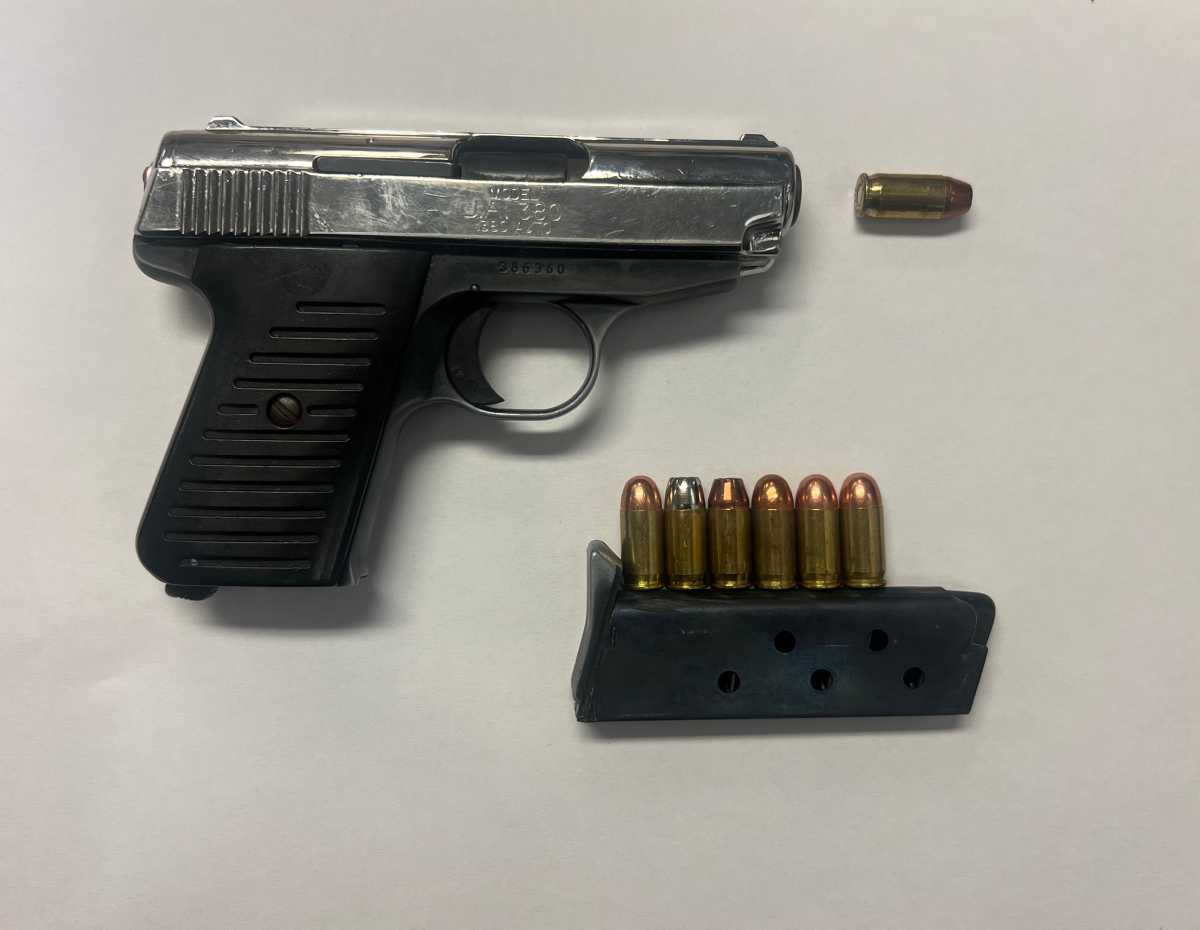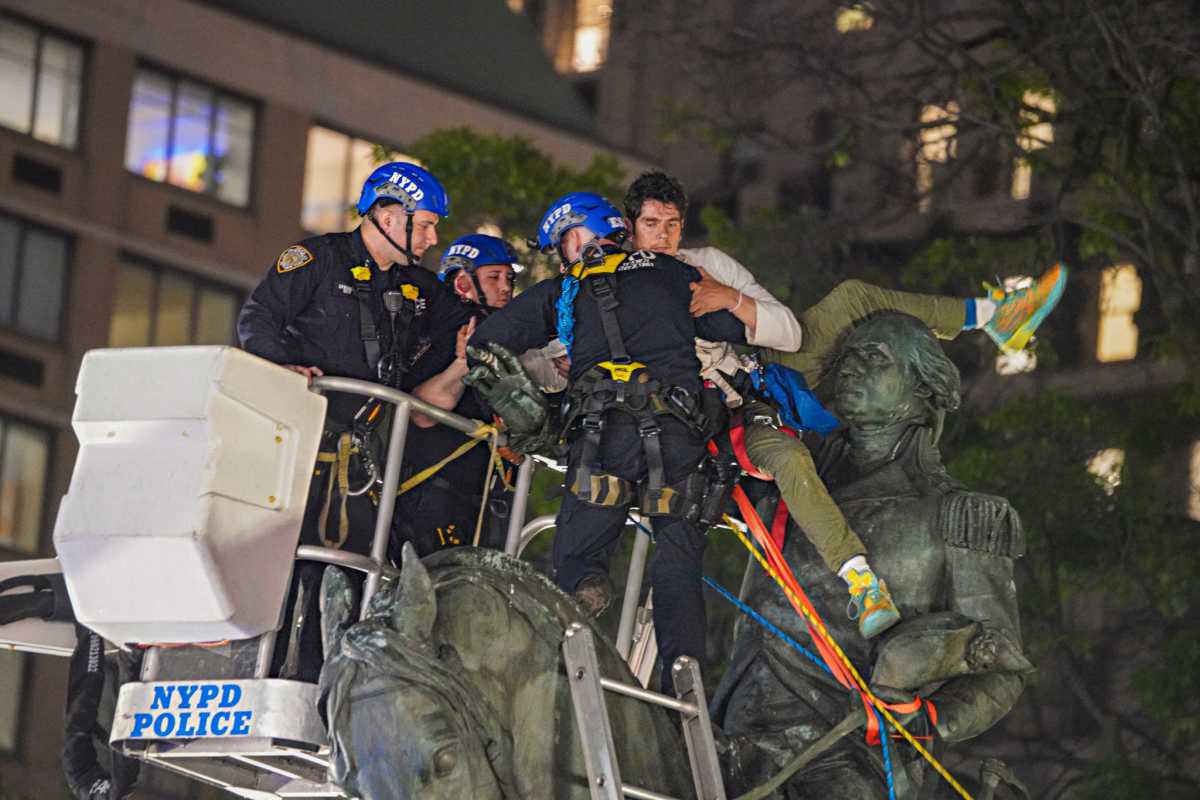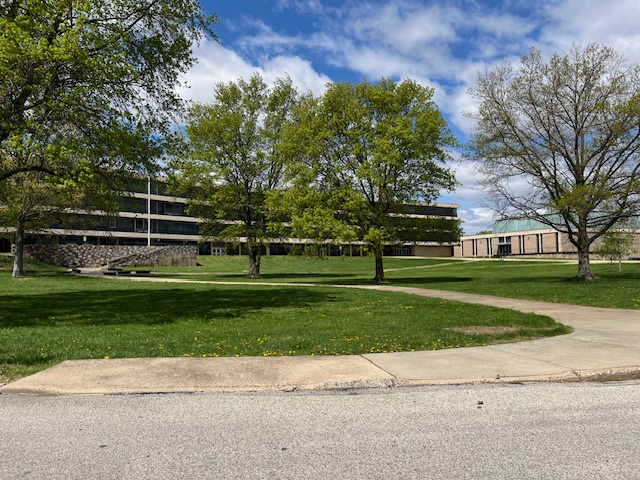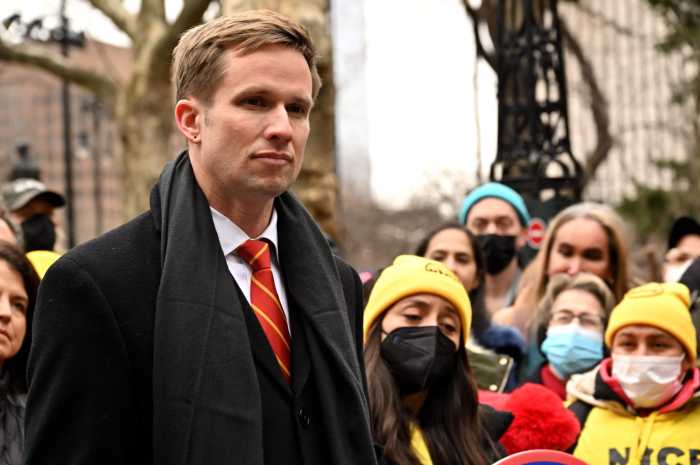We’ve all seen it when we’ve gone to throw out our garbage—a soda can in the paper recycling, a beer bottle in the regular trash. But a new report from the New York City Independent Budget Office sheds light on just how much throwing recyclables in the wrong bin affects where they end up.
The report found that less than half — 44 percent — of recyclable material is “captured” by city recycling programs with the rest sent to landfills, according to data from the Department of Sanitation’s 2013 Residential Waste Characterization Study.
This capture rate can vary widely because many recyclables are thrown in the wrong bins, and even make recycling more expensive.
RELATED:Do New York City subway stations have less trash? The MTA thinks so
According to the report, 28 percent of aluminum cans collected by the Department of Sanitation are captured in the metal/glass/plastic stream. This low number may partly be from the scavenging of cans, since aluminum is a valuable recyclable.
New York City is paid to recycle paper, as it’s the only material for which commodity prices exceed the cost of processing. The capture rate for cardboard boxes and related paper products is 71 percent, which is likely due to the ease of recycling large foldable items like boxes, and the city’s continuous history of recycling paper.
Green container glass has the highest capture rate at 75 percent. The report said this was due to its long recycling history, high public awareness and because it’s not a valuable recyclable.
At the other end of the spectrum, plastic dishware, which includes single-use plastic cups, plates and cutlery,has the lowest capture rate — only 5 percent.
In April 2013, then-Mayor Michael Bloomberg announced the expansion of the city’s recycling program to include for the first time the recycling of all rigid plastics, which also includes toys, hangers, shampoo bottles, coffee cups and food containers.
The new requirement of these recycled materials explains the low number, according to the report.
At the time, Bloomberg said the recycling expansion would result in more than 50,000 additional tons of waste a year no longer ending up in landfills at an annual savings of almost $600,000 in export costs for city taxpayers.
Mayor Bill de Blasio has also made a commitment to reducing the city’s waste. According to the Village Voice, which first reported on the Independent Budget Office study, de Blasio, as part of a climate change reduction and sustainability plan, said that the city would contribute no residential waste to landfills by 2030. There is also a commitment to a 90 percent reduction in commercial waste contributions to landfills.
The Village Voice added that at 33 million tons annually, New York City produces more waste than any other city in America. The plan to reduce this waste would include curbside, single stream and organics recycling, zero waste schools and expanded recycling in public housing.









